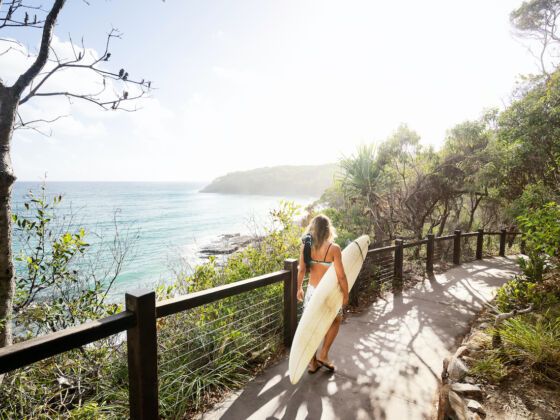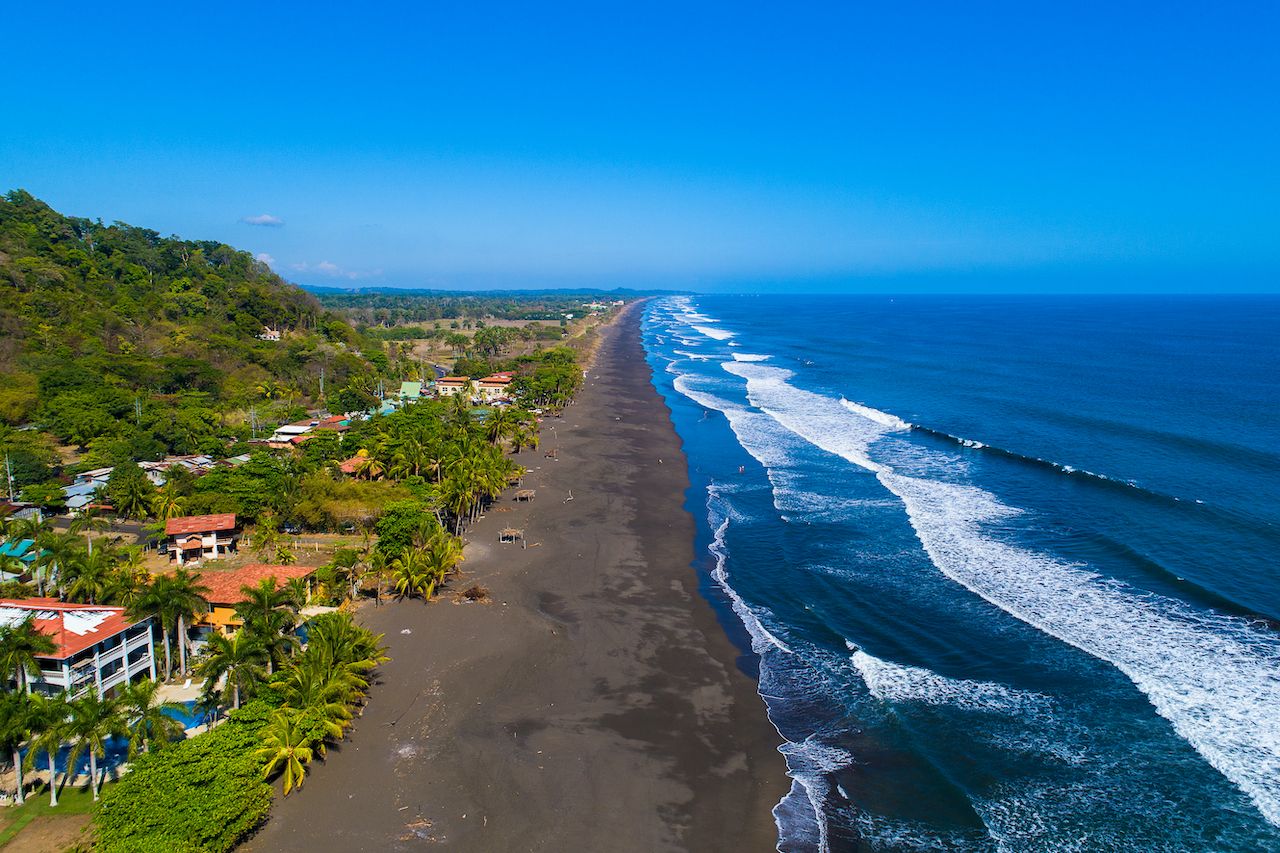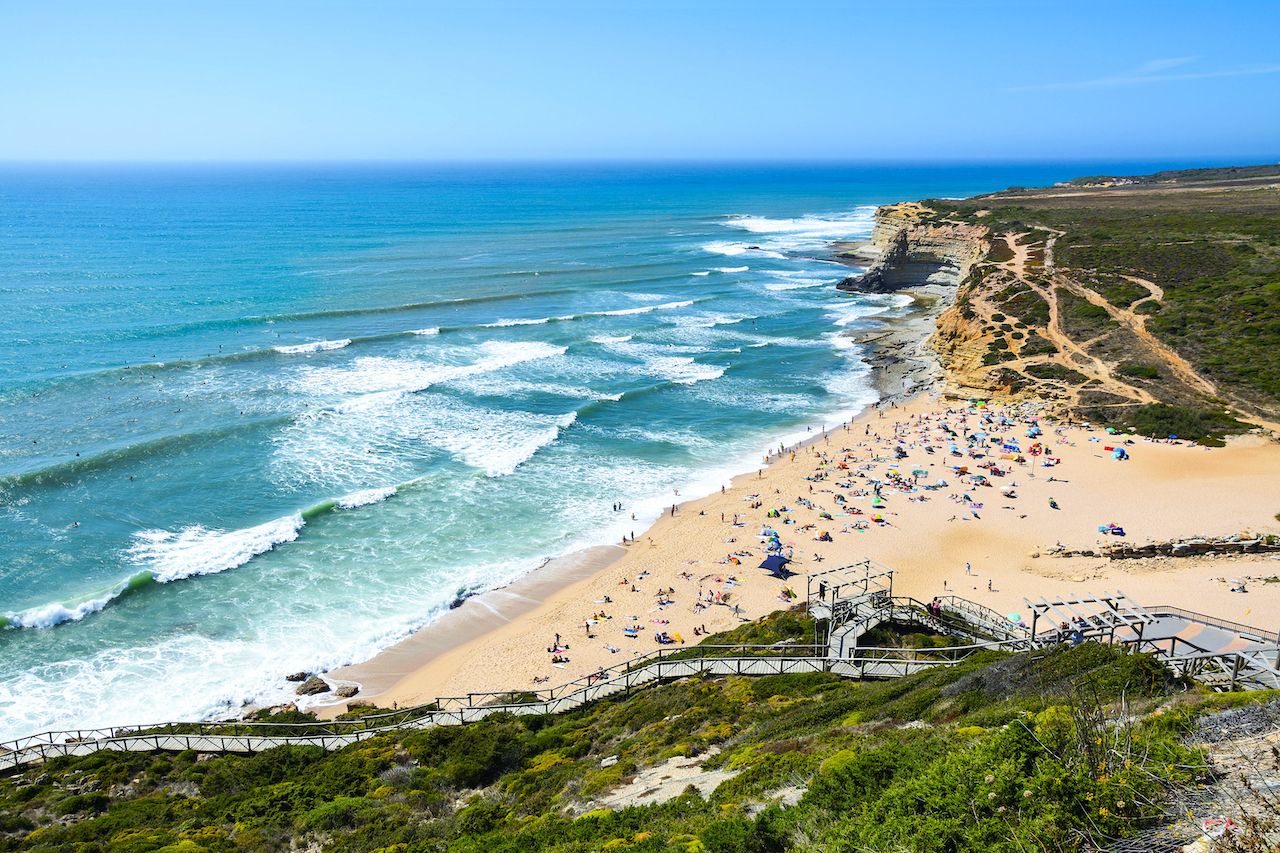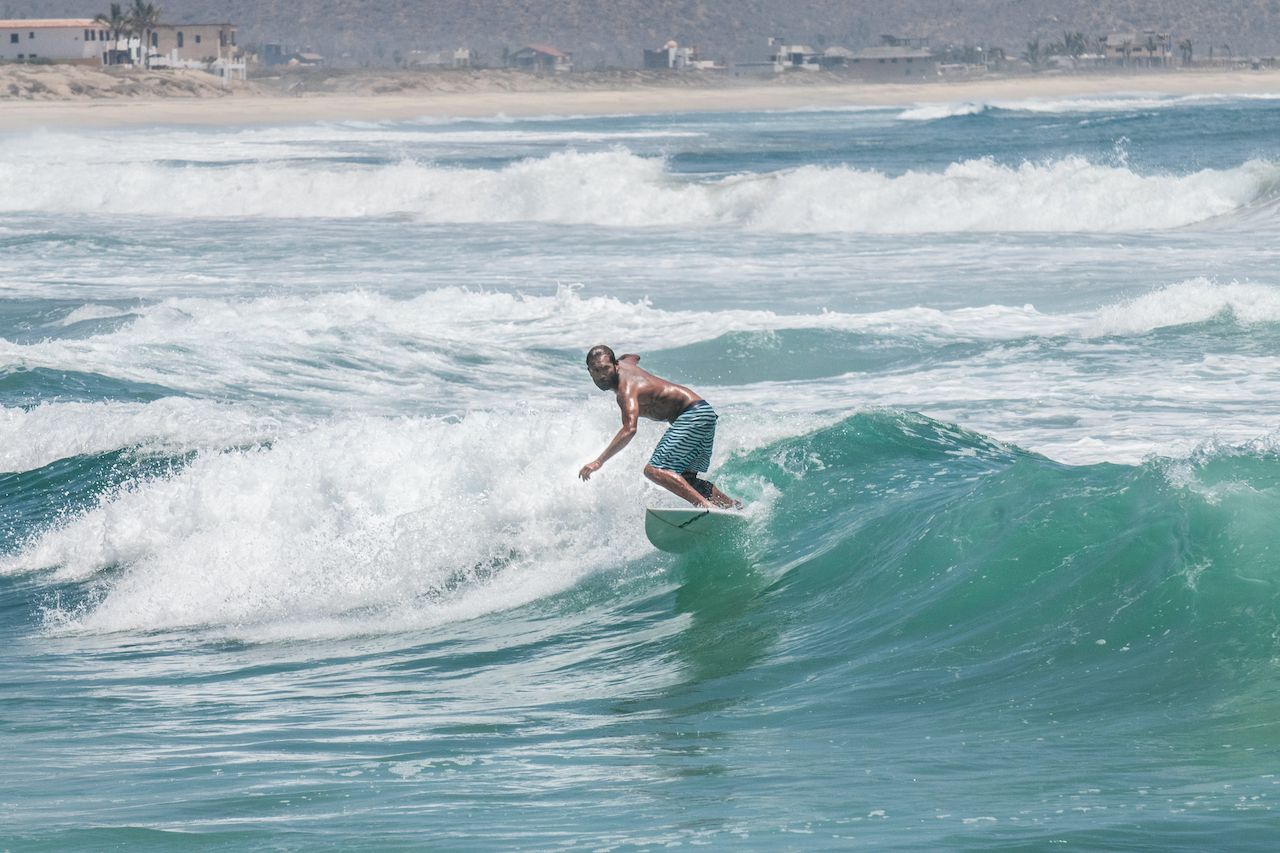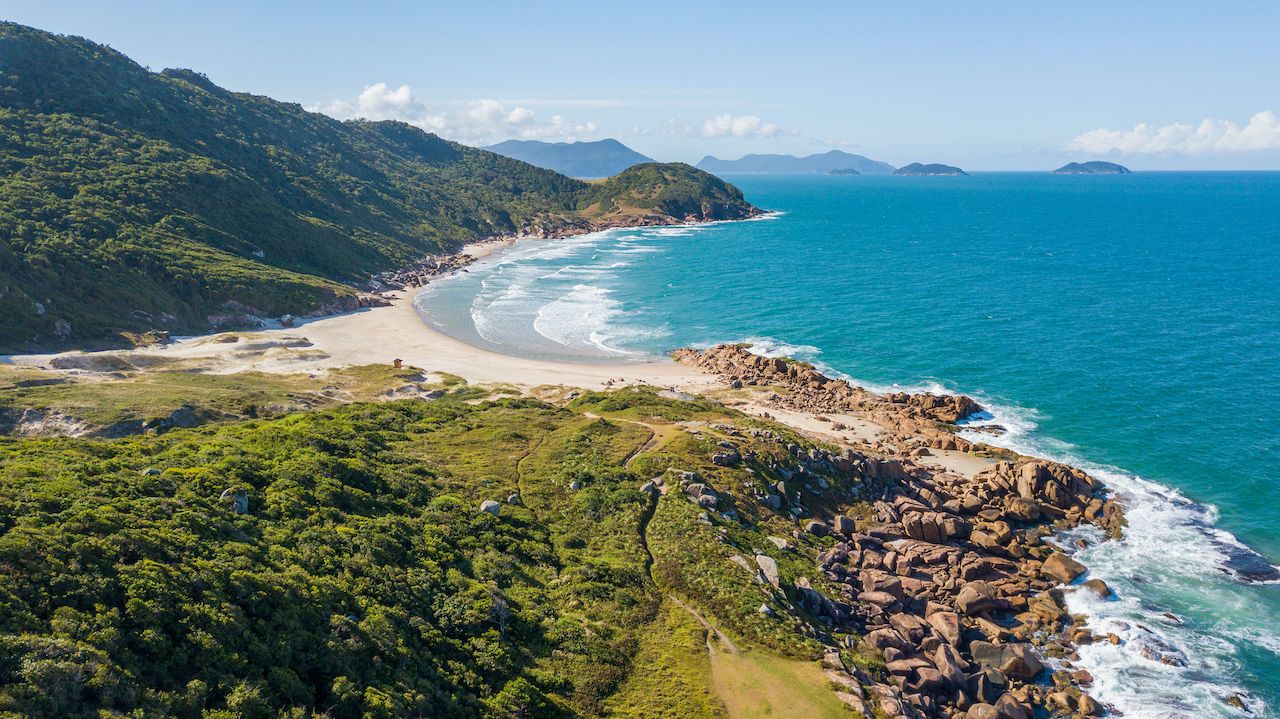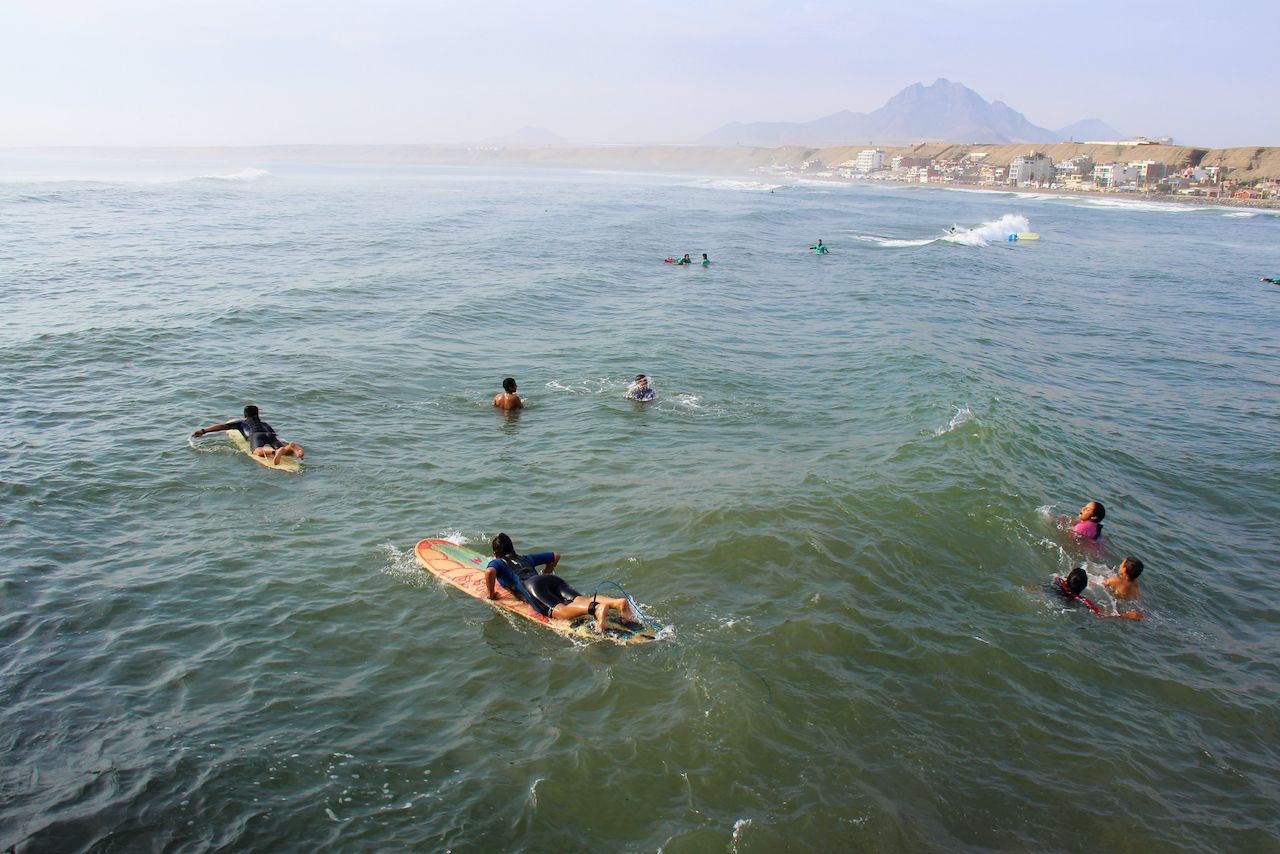This month Costa Rica’s Playa Hermosa became the newest World Surf Reserve, a prestigious title that has to be earned through an extensive application process. Only one location per year can win the title of World Surf Reserve, and it’s dependent on a lot more than epic waves — although those are of course a key ingredient. Rather, a community earns the recognition for maintaining the natural coastal and marine environment that helps create that wave.
When you opt to travel to a place with a World Surf Reserve designation, you’ll know that you’re likely not only going to ride some incredible waves, but you’re also contributing to the local economy of a place that has made a long-term commitment to the entire surf ecosystem. There are 11 World Surf Reserves to date, and with waves this good, we can’t wait to see what’s coming next.
